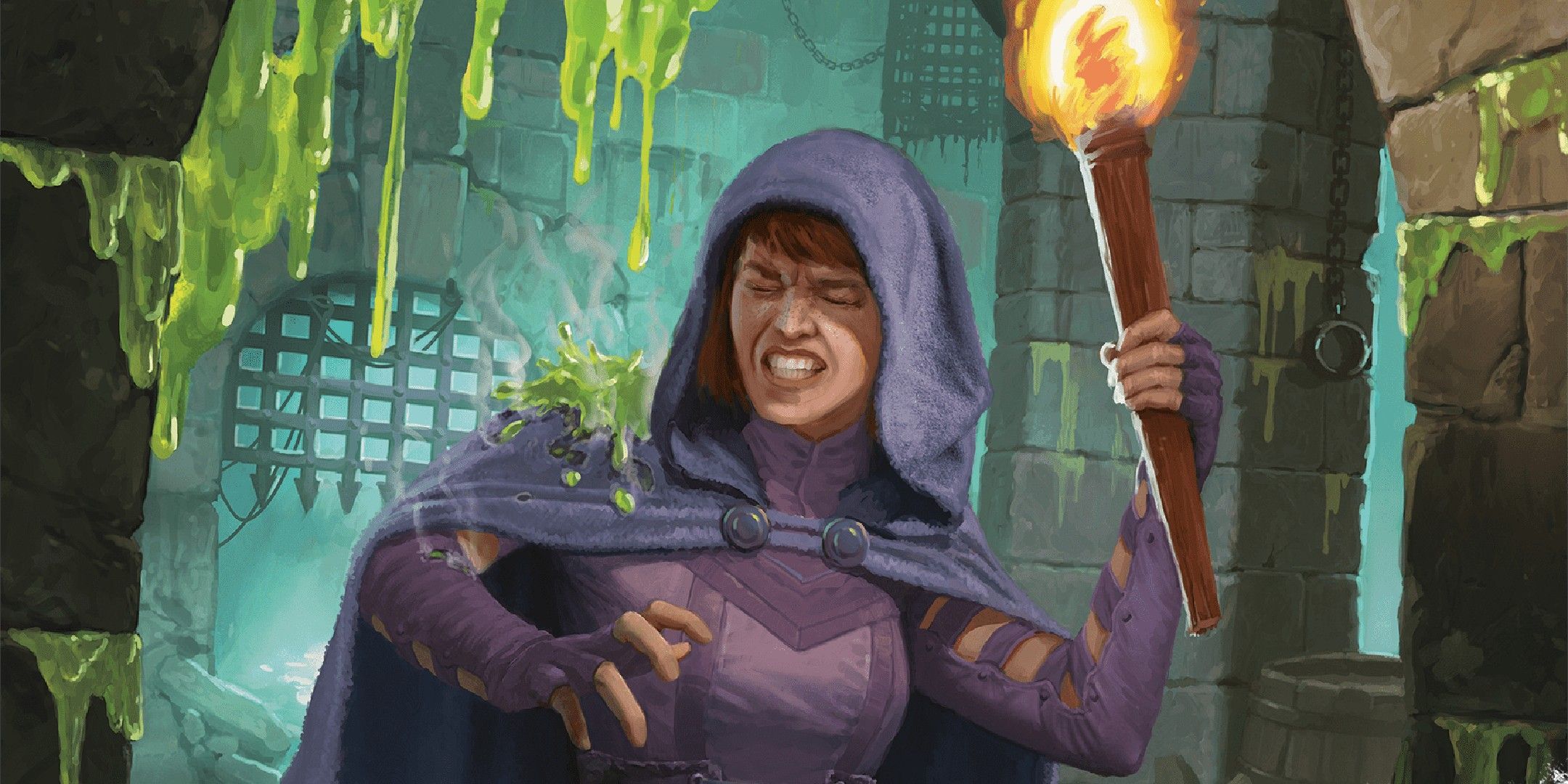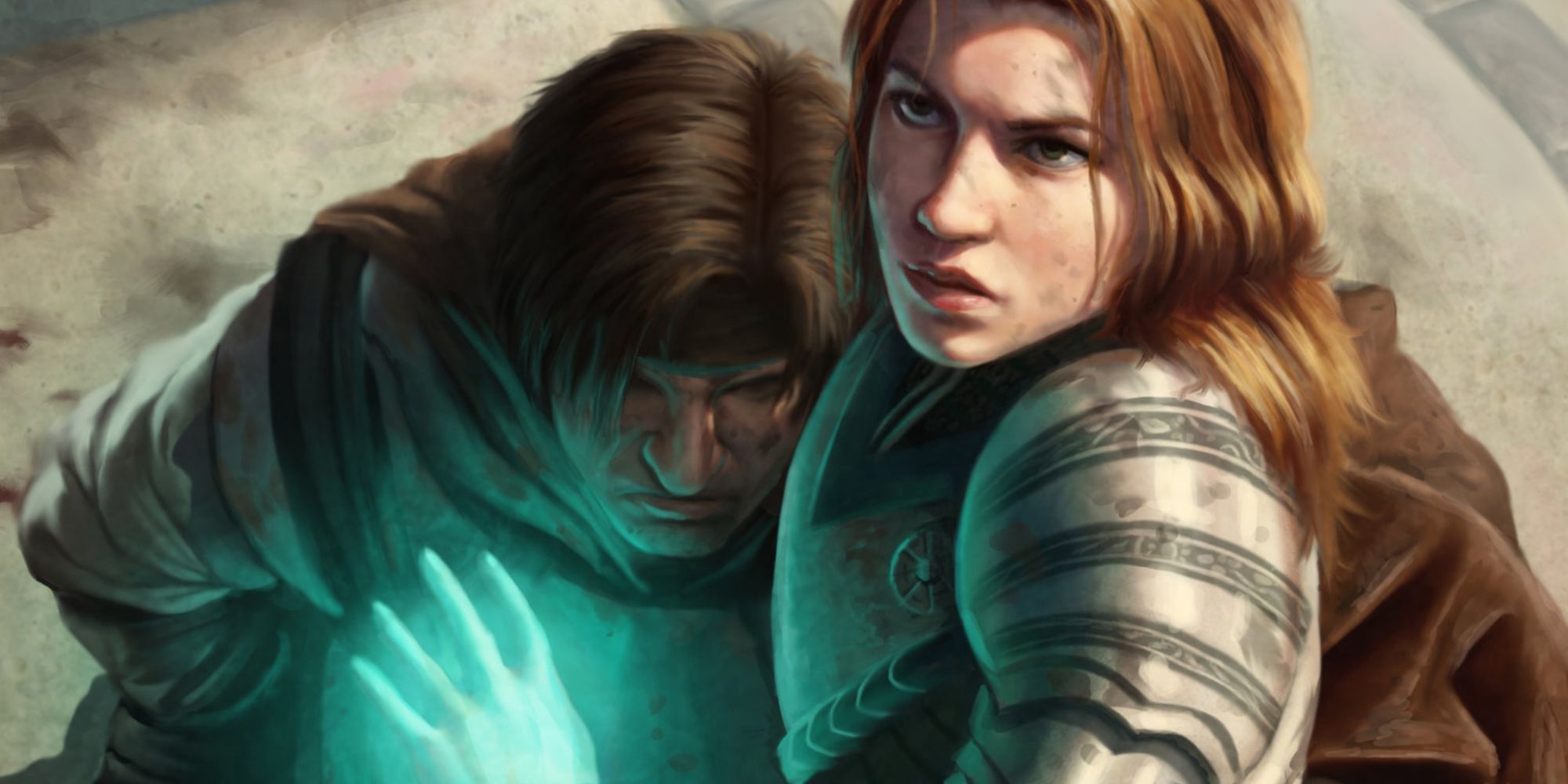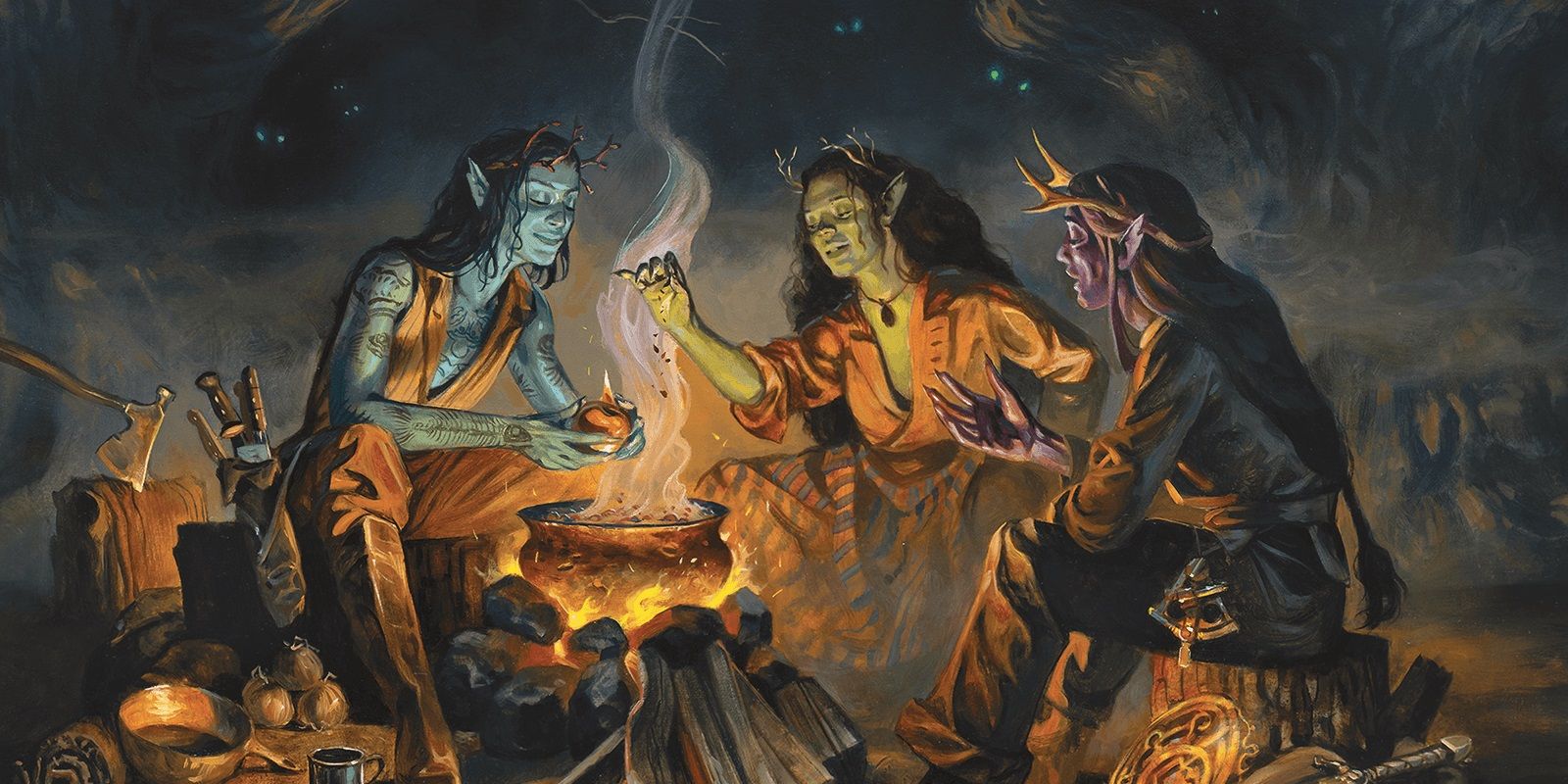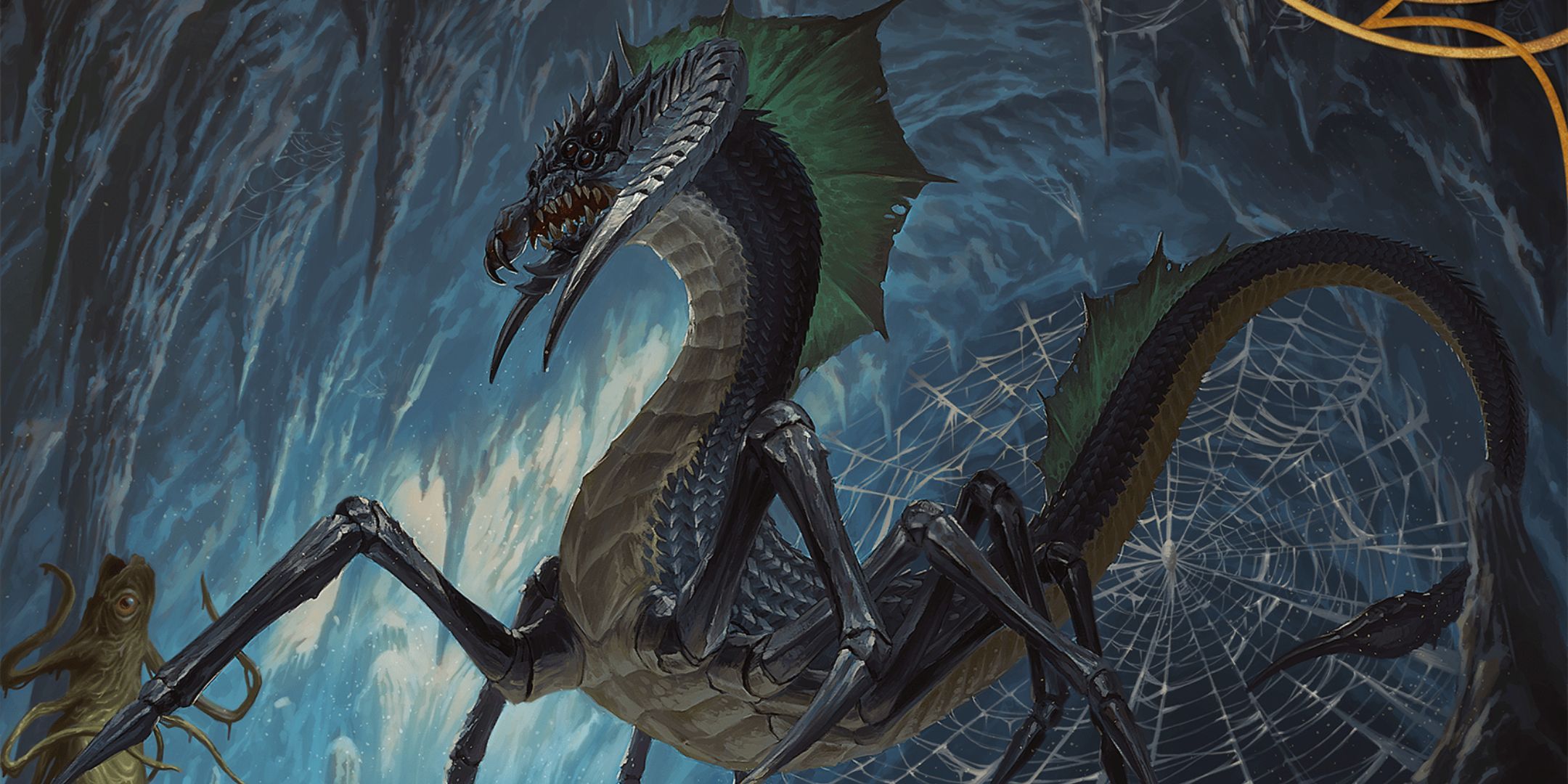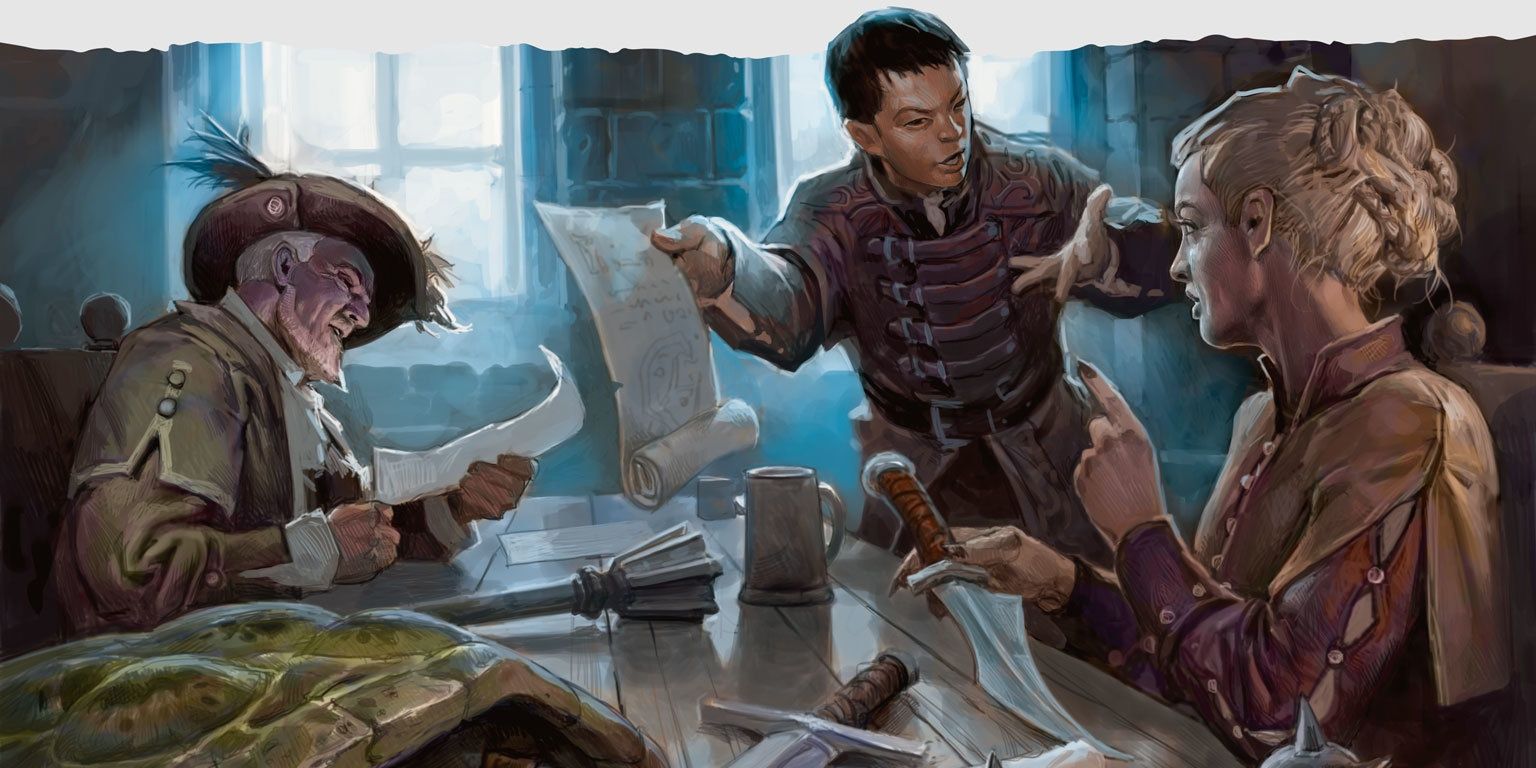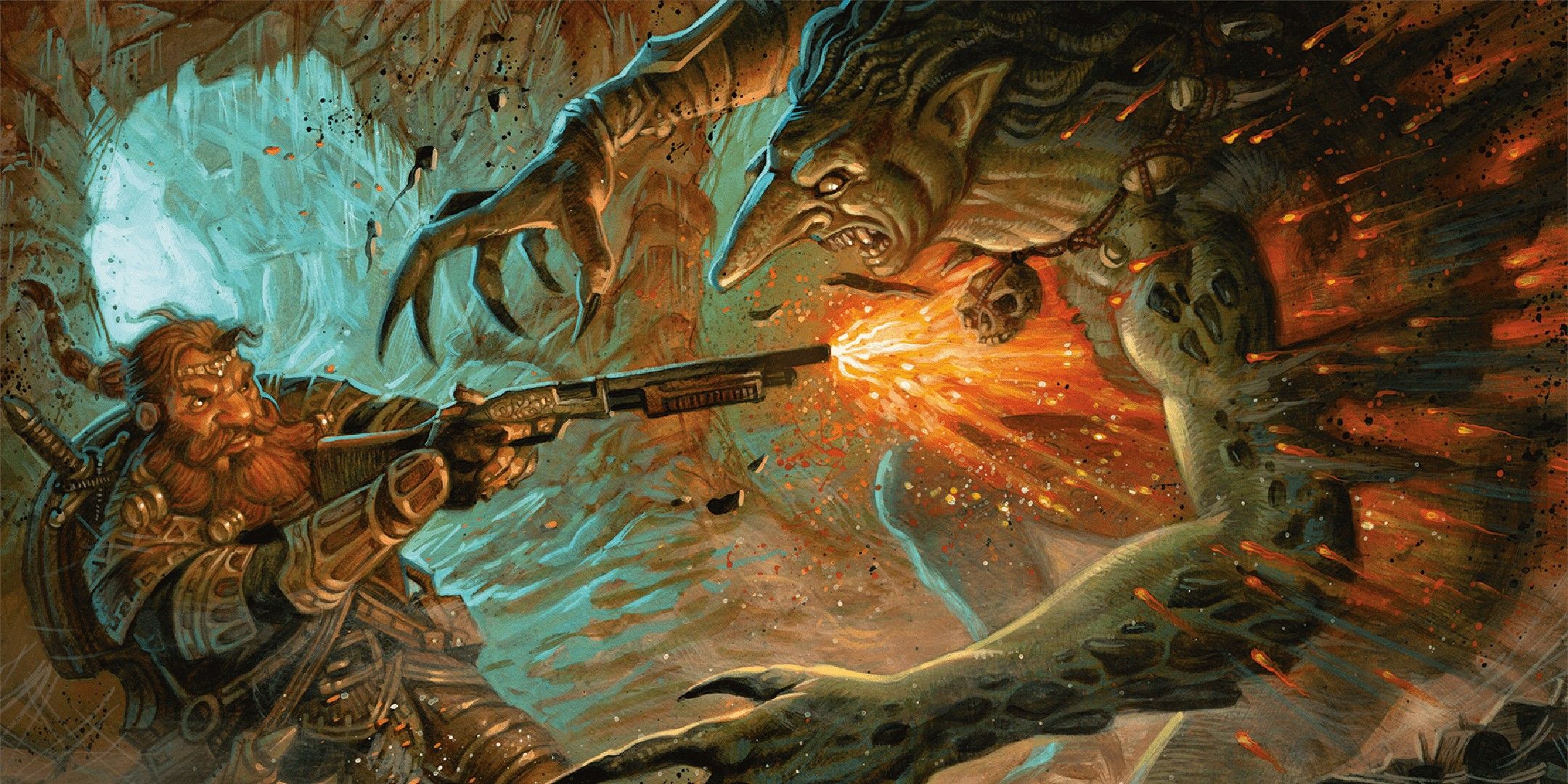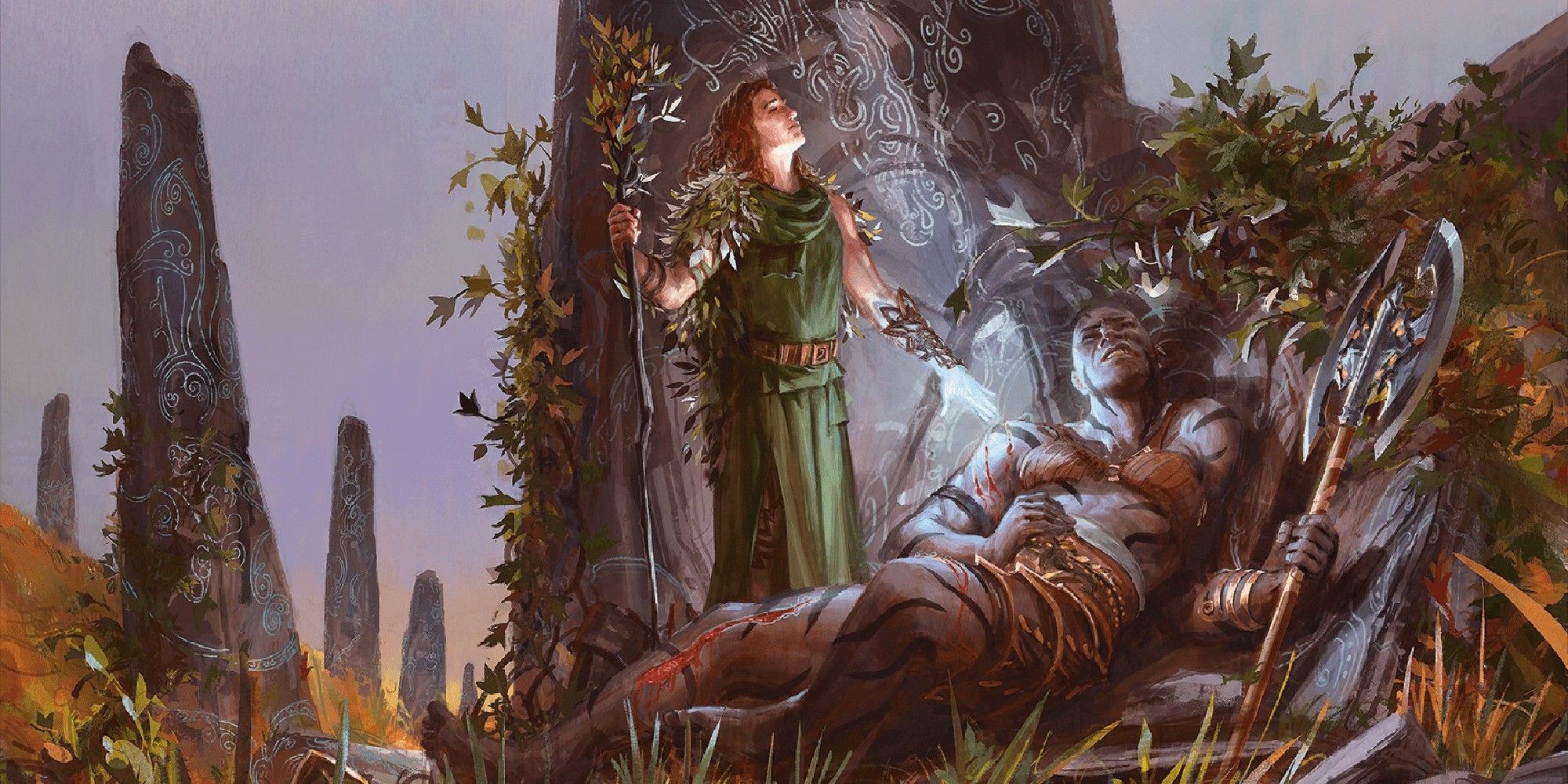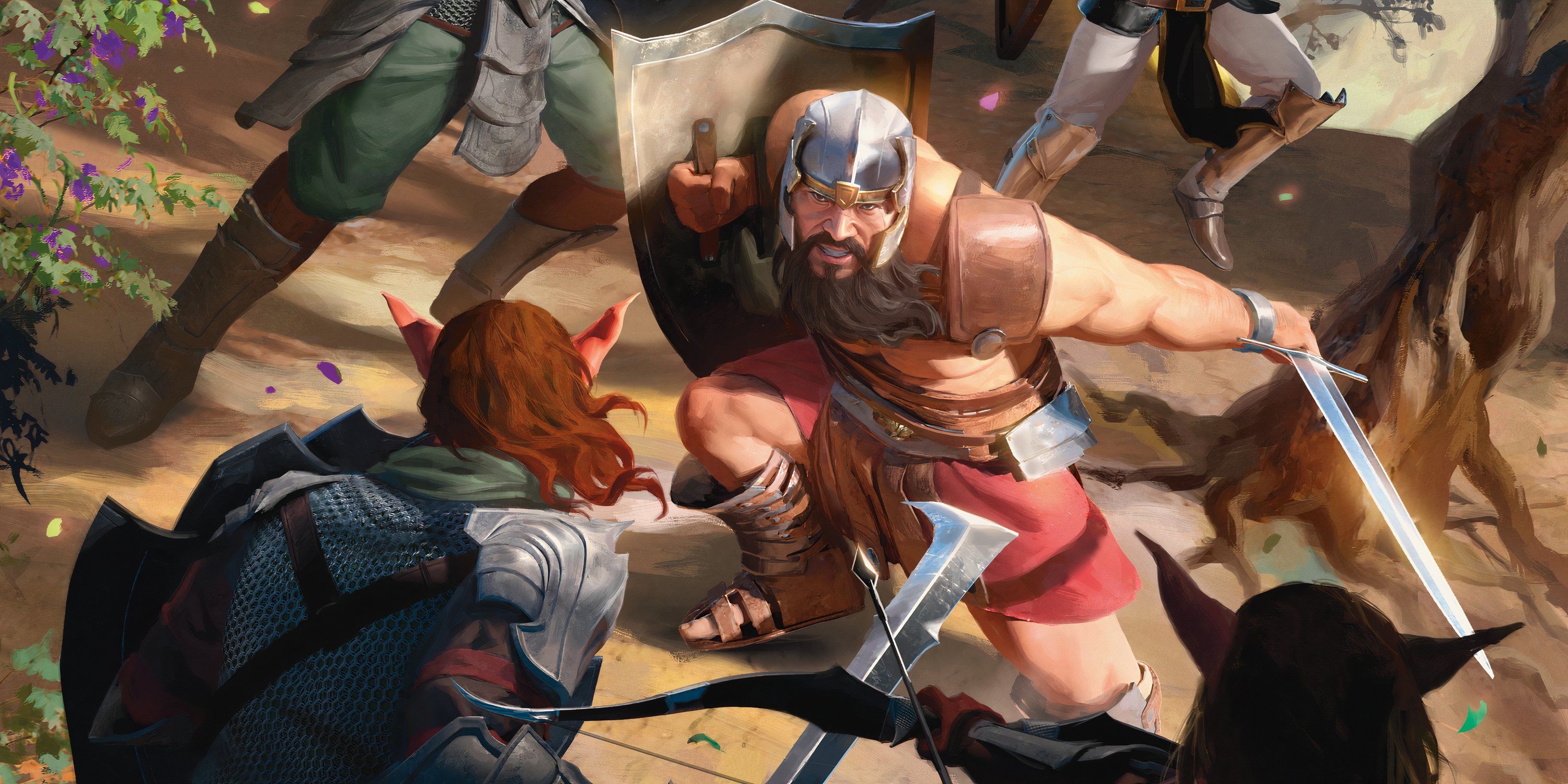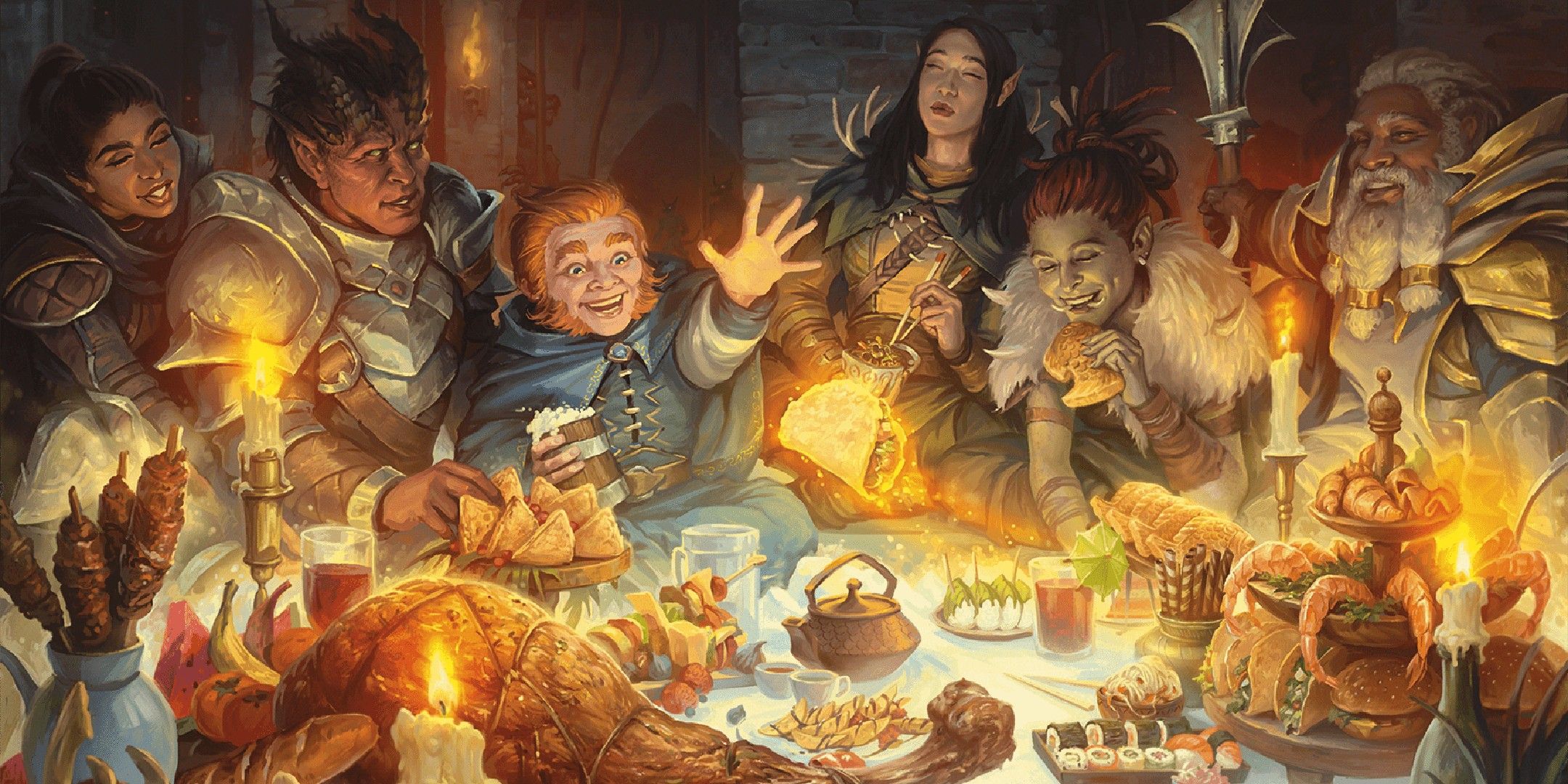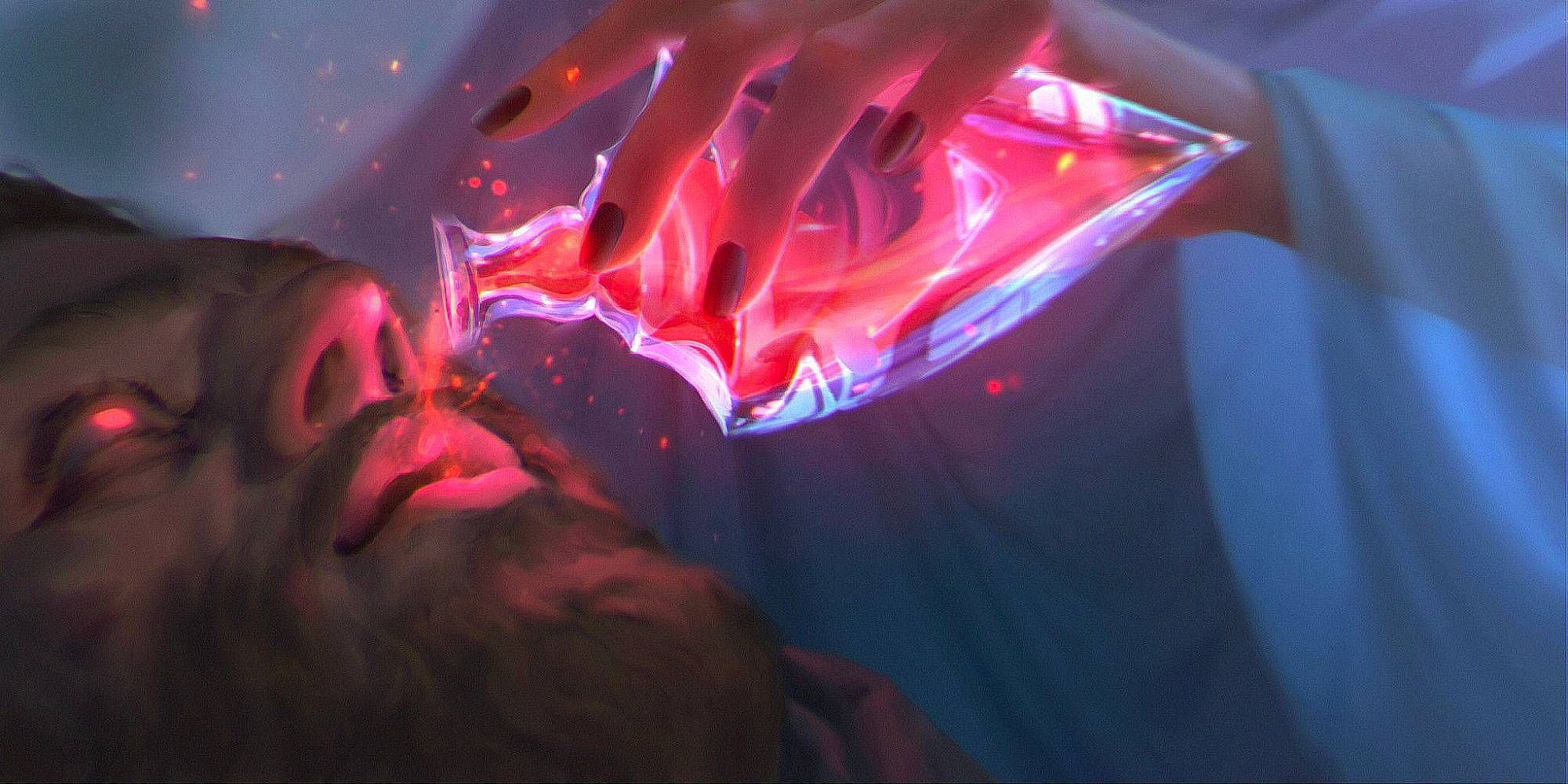Dungeons & Dragons is not short on rules, but tends to make combat, exploration, and crafting simpler to allow new players to learn the game while giving experienced DMs and players a solid stepping stone. One of the joys of playing D&D is finding new rules that work best for your table and at higher levels of play.
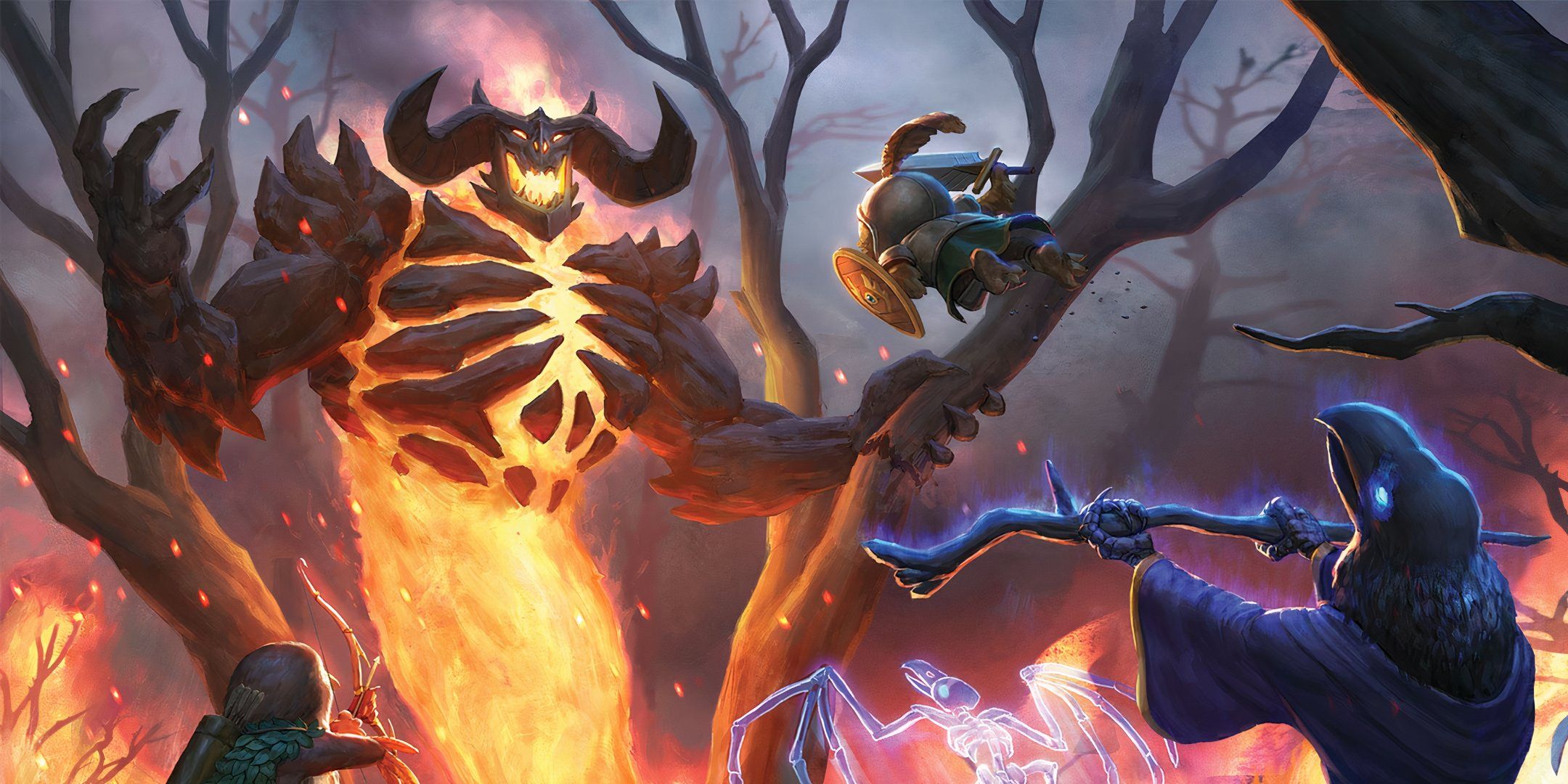
Related
Dungeons & Dragons: 10 Best Monsters In Humblewood
The Humblewood campaign setting for DND has a variety of new beasts to use against players. Here are the best ones.
At higher levels with experienced tables, these new rules often reflect increased difficulty to allow the game to still feel challenging and rewarding. This way, you can keep the stakes and intensity of low-level characters with only a few simple additions or rule changes.
10
Item Durability
While it’s possible for armor and weapons to break, such as outside of combat or through creatures such as rust monsters, players don’t have to worry about losing these items normally. To make managing gear and visiting smiths more important, allow gear to become destroyed through use.
For weapons, a critical failure results in mundane weapons becoming unusable, such as bending a blade or breaking a bow, becoming an improvised weapon. Each time a character takes acid damage or receives a critical hit, their armor’s AC is reduced by one, becoming destroyed when it reaches below ten.
Also, allow the Mending spell to repair damage to weapons and armor, unless the armor has become completely destroyed after reaching below the max.
9
Permanent Injuries
While suffering hails of arrows, massive beasts, and elemental lasts, players never have to worry about their characters losing a limb, an eye, or any of their senses. By including rules for injuries, you can make combat encounters deadlier, and make specific spells that regenerate limbs far more useful.
When a character reaches zero hit points or receives damage from a critical hit, have them roll on a custom injury table, with the more punishing injuries harder to receive. Depending on the injury, players might have disadvantage on perception checks, be unable to wield two-handed weapons, or move at half speed.
|
Injury |
Effect |
|---|---|
|
You have become blinded in one eye. |
You have disadvantage on Wisdom (Perception) tests that rely on sight. |
|
One of your fingers has been removed. |
You receive a -5 penalty to Dexterity (Sleight of Hand) tests. |
8
Long Long Rests
With the combat focus of D&D, some of the rules tend to favor campaign sessions with six to eight encounters per day, often involving rolling for initiative. In roleplay-focused campaigns or longer-lasting ones, constant combat can get tedious, especially with the ability to completely restore everything after a long rest.
The easiest way to correct this is by changing the duration of short and long rests. With this alternate rule, short rests take eight hours, and long rests take a week. This way, players are forced to manage their class resources carefully and consider combat strategically.
If you use this rule, magic items should also take longer to recharge, and allow players to have consistent downtime activities.
7
Madness
An alternate mechanic in the 2014 rules that became the fear rules in the 2024 Dungeon Master’s Guide, madness is a way for players to face the horrors of the beyond and be left scarred forever. This is meant for horror campaigns or ones that have dark and gritty themes, adding mechanics rather than forcing roleplay.
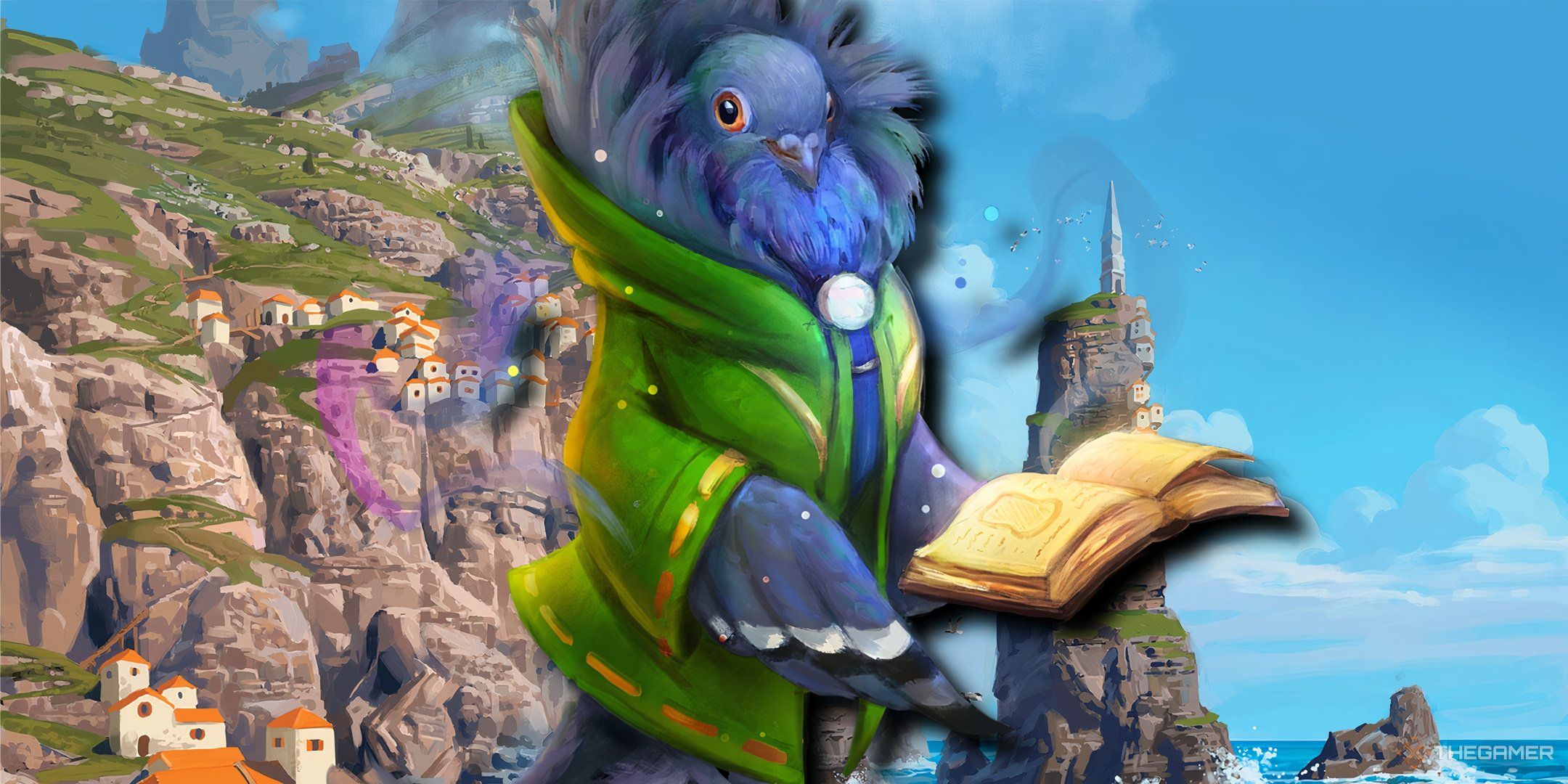
Related
Dungeons & Dragons: Every Spell In Humblewood, Ranked
The Humblewood campaign setting for DND features a handful of new spells for players to use. Here’s a list of all of them, ranked.
If a player experiences an untold terror from beyond the veil, have them roll a Wisdom saving throw, rolling on a madness table based on how much they fail the save by. Have players roll for the length of short-term madness, lasting between hours and days.
|
Indefinite Madness |
Short-term Madness |
|---|---|
|
The sight of rodents turns your stomach into knots. You have disadvantage on all D20 tests while a rodent is in your line of sight. |
Life has become absurd. You cannot stop laughing for the duration. |
6
Realistic Roleplaying
One of the uses for skill tests in D&D is the ability to charm, deceive, plead, or question NPCs in a way that gives the player meta knowledge or abilities within the game. Less experienced players or those who avoid roleplay will often just make these tests without attempting to do so in character.
While this is a valid way to play, some tables might want to lean into the role-playing aspects of the game, which can also make the game feel more realistic. This is done by having players attempt to convince NPCs in character without making roles, relying on the DM and the player’s interpretation of a success or failure.
5
Player Vulnerabilities
Alongside resistance and immunity, creatures might have vulnerabilities that double the damage they receive from that type. Players almost never have vulnerabilities; instead usually have resistance to certain damage types gained from magic items or starting species.
An alternate rule you can add to these species is by also giving each one a vulnerability to certain types of damage, such as from piercing or fire. This can make some players approach fights with certain monsters or against specific weapons carefully, having to adopt new strategies that keep combat interesting.
4
No Guaranteed Revival
Death is one of the most punishing things that can happen to players in D&D, having to say goodbye to a beloved character after many sessions. After a certain level, however, death becomes far less of a real obstacle once characters have access to Revivify, Resurrection, and Reincarnate.
To make death a real threat without the guarantee of revival, add a rule to these spells that requires rolling a percentile dice, failing the spell if you roll too high. Not only does this add tension and stakes, but it will keep players focused on making smart decisions without an obvious fallback.
3
Enemies Make Death Saving Throws
Normally, in combat, enemy creatures fall down and die when they reach zero hit points, unless a character decides to deal nonlethal damage. When a player character reaches zero hit points, they are still alive but in the process of dying, making death saving throws to determine their fate.
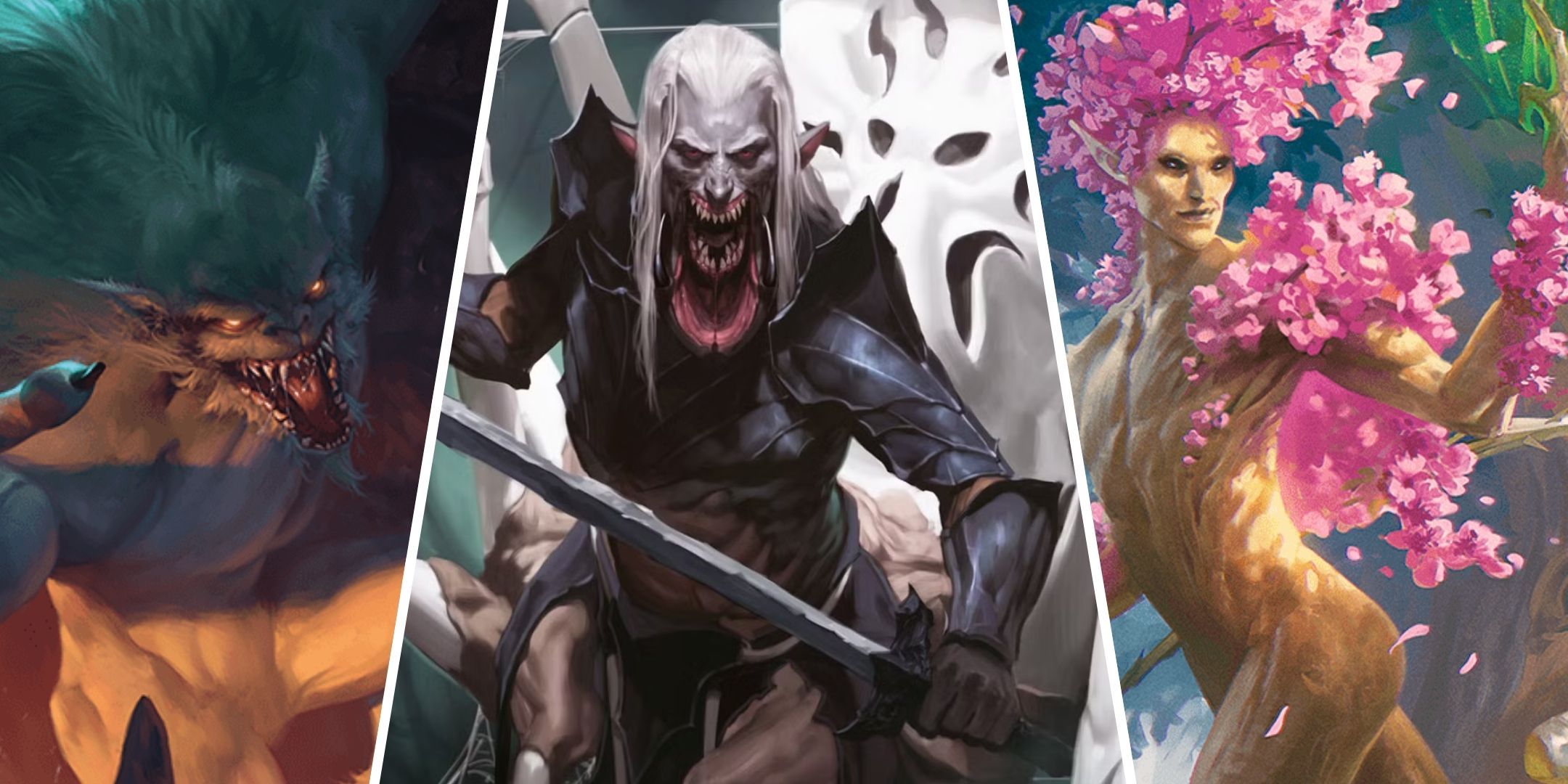
Related
Dungeons & Dragons: 7 Monsters That Can Be Used As Player Characters
Why be an elf when you could be a Drider with ambition?
By giving death saving throws to enemies, players still need to consider them a threat on the board even if they are considered unconscious. Creatures can still succeed in these saves and return with one hit point, be healed by allies with spells or potions, or even return for vengeance if allowed to live.
In order for this rule not to add too much to remember during combat, have enemy creatures roll only one death saving throw rather than three.
2
Alignment Matters Now
A core aspect of D&D that held more weight in previous editions is the character’s alignment, from being chaotic evil to lawful good and anywhere in between. A character’s alignment is determined by their actions, whether they always follow the rule of law or skirt its bounds to still help those in need.
Aside from specific dungeon mechanics in the odd campaign guide, there is almost nothing that involves a character’s alignment. By tracking player alignments and assigning them to spells and magic items, players will have to act in certain ways if they want access to these abilities and tools.
An example would be only allowing good characters to cast Bless or wear a Talisman of Pure Good, or evil characters to cast Bestow Curse.
1
Potions Take Time
Potions are like drinkable spells, allowing players to gain a near-limitless number of effects that have many unique but often expected results. To add a layer of realism to players drinking potions, especially in combat, consider adding timers for the effects.
This can be making a Potion of Healing take 1d4 rounds to take effect, or having a Potion of Poison wait until the character’s next turn to deal damage. This represents the potion slowly making its way through a character’s system, while also adding a layer of randomness to encounters.
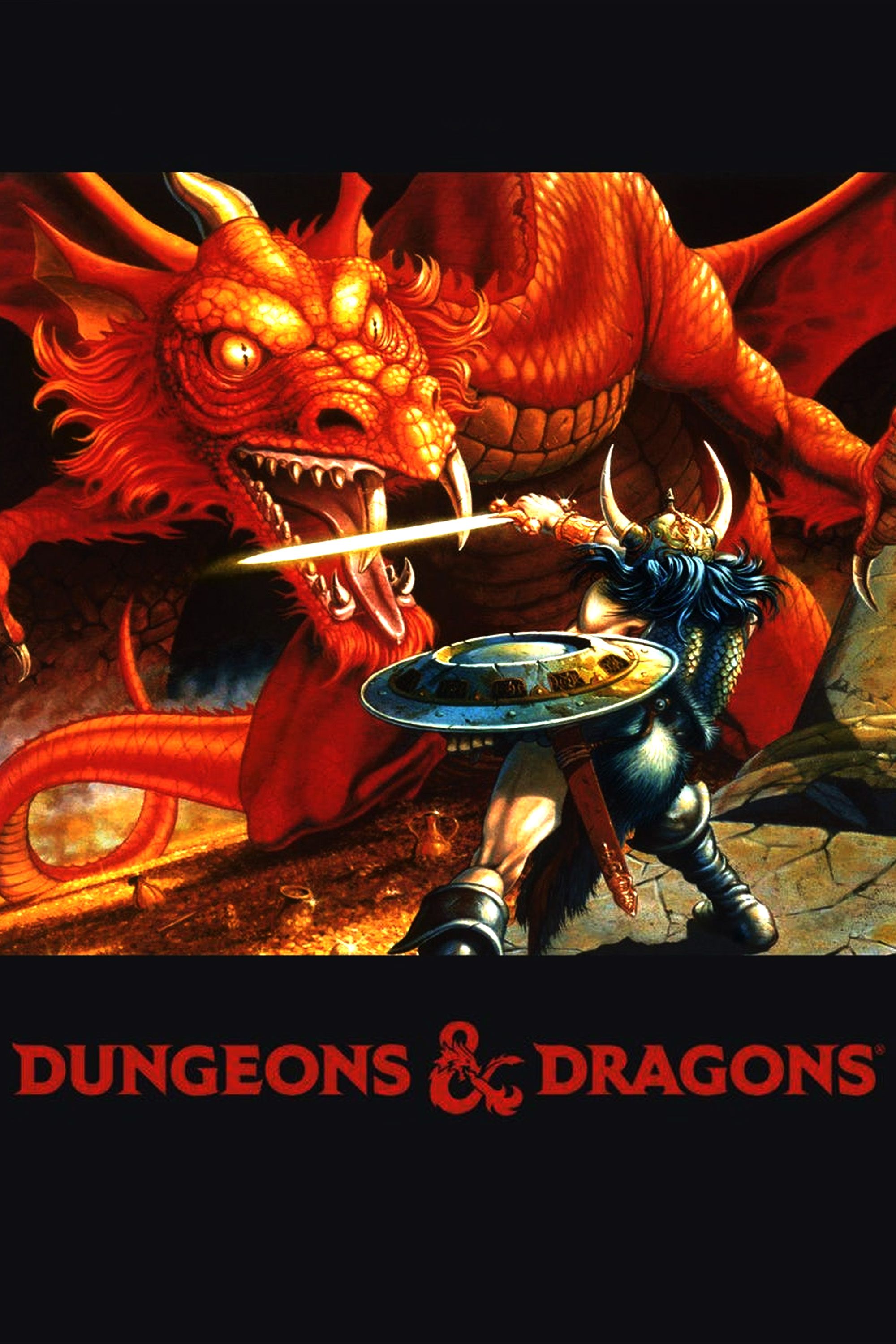
- Original Release Date
-
1974
- Player Count
-
2+
- Age Recommendation
-
12+ (though younger can play and enjoy)
- Length per Game
-
From 60 minutes to hours on end.
- Franchise Name
-
Dungeons & Dragons
- Publishing Co
-
Wizards of the Coast

